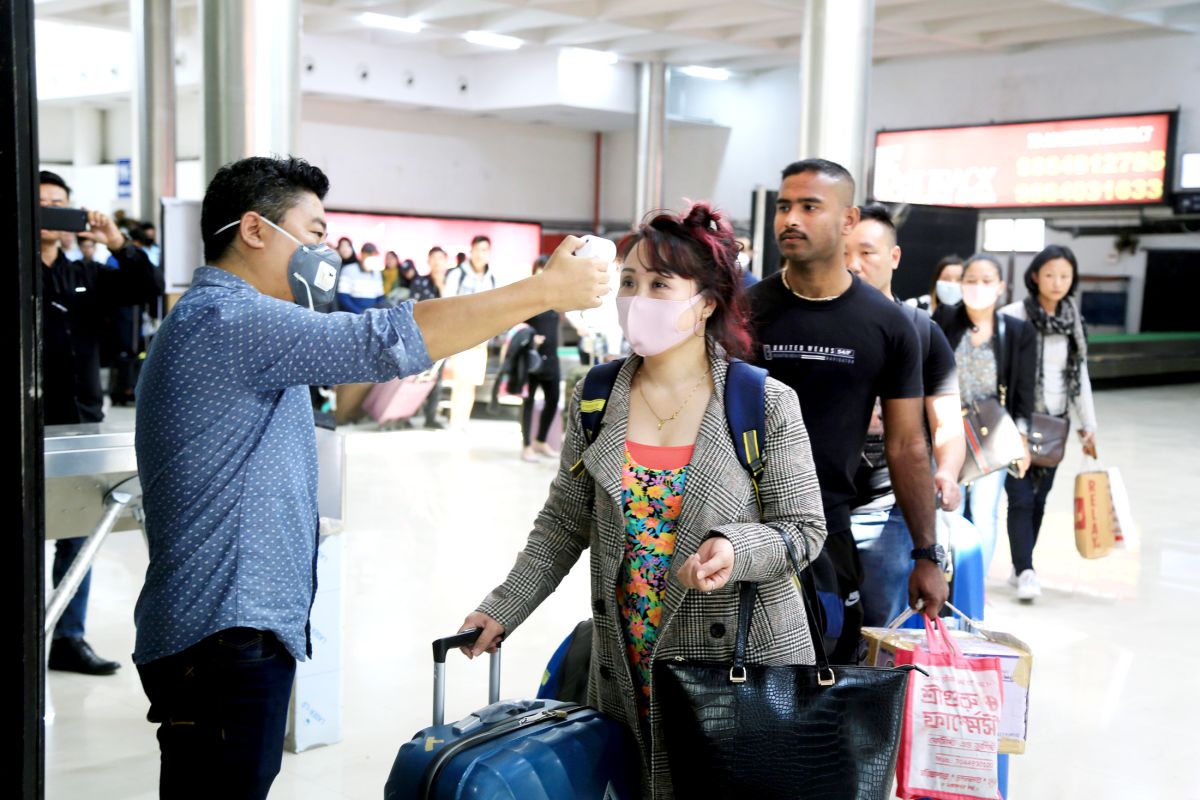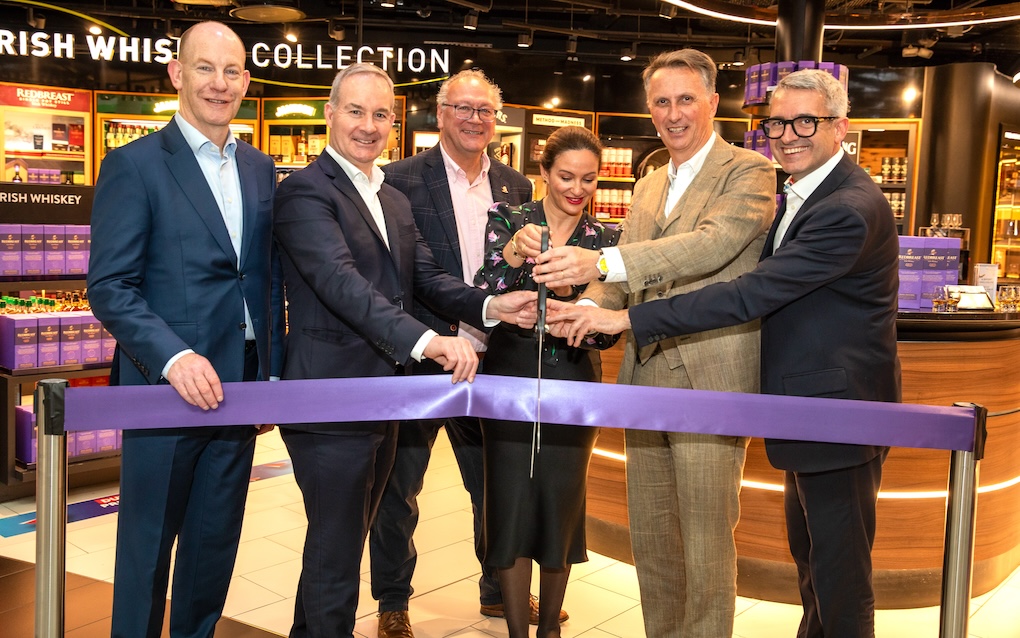INTERNATIONAL. CAPA – Centre for Aviation, airport industry advisory firm Paccaya plus other specialist experts have combined to compile this report on restoring airport revenues post-COVID-19. It includes an extensive checklist of the basics the authors believe airports need to adopt if they are to recover from the unprecedentedly tough trading environment.
The impact of COVID-19 has been devastating for airlines. Many have become insolvent and in many cases governments have come to their rescue to help them tide over the period where they continue to burn cash, with negligible revenue.

In turn, airports have suffered greatly – from the loss of aeronautical revenues, retail, F&B and car parking and others. But governments have been much more reluctant to provide support for airports, leaving them to recreate themselves in this new environment.
Some are hoping for a speedy end to the downturn and life returning to “normal”. This will not happen. The virus and its repercussions are here to stay. The world has changed.
Even after a vaccination is found, in the best of scenarios it will be well into 2022 before there can be sufficient protection to give travellers and governments the comfort they need to stimulate regrowth. Then, with the combination of a global recession and an uneven return to international operations, it will take a long period to return to the traffic levels of 2019. That timeframe cannot be adequately forecast with any certainty – but offers a reasonably cautious planning guideline.

One thing is certain: there will be no ‘V-shaped’ recovery from the historic reduction in aviation traffic volumes, as some had been hoping.
The resultant hiatus in activity offers a perfect opportunity for airports to reformulate their strategies.
According to CAPA’s latest projections, traffic levels could take several years to recover to 2019 levels. Many of the largest international travel markets are expected to recover to only 20-30% of last year’s capacity by the end of 2020.
There are a number of basics that airports will need to adopt:
1. Work with fellow stakeholders to encourage airlines to restore service
This must necessarily be high on the agenda for all airports – and competition will be intense, as airports struggle to recover.

i) Engage government and tourism bodies to support with marketing and funding.
ii) Apply intelligence to targeting airlines which are most likely to be responsive.
iii) Set realistic expectations around the segments and source markets that are likely to recover first. Countries that have fared better in their initial COVID response will likely be invited into travel ‘corridors’ or ‘bubbles’.
Understanding the profile of the airport catchment’s VFR market will be a vital step, as this segment will be the driver through the pandemic, followed by leisure in the post-COVID environment.
2. Adapt infrastructure and terminal processes to respond to health requirements
At present, despite some leadership from industry bodies, health and safety measures are becoming a point of differentiation as airports struggle to encourage passengers that they offer a safer proposition than their competitors.
There are certain fundamentals that will be necessary in both short and long term, including:
i) Assessing operational needs to allow social distancing across the entire airport footprint.

ii) Reviewing how existing infrastructure needs to be adjusted to ensure safer transit.
iii) Reassuring passengers that the health environment is a safe place to shop and visit F&B and other outlets.
3. Digitisation: move to becoming seamless and contactless
The new world will be about making the airport experience as seamless, safe, contactless and ideally as simple for the customer as possible. If it’s stressful then they can forget about getting any retail or F&B revenue.
Travellers simply won’t come and certainly won’t shop if they don’t feel comfortable.
i) This involves for example digital integration of operations. They will need to be frictionless, touchless and contactless.
ii) Cashless will also become very important – ordering, delivery, payments for F&B, parking, duty free, other retail, lounges, etc.
In this environment, ecommerce must become a major offering – airport click/order/collect.

4. Business maximisation
i) Protecting cash flow.
ii) Innovating business operations and intelligently reducing stocks, lowering expenses, improving supplier margins, adapting product offerings and working with concessionaires in a mutual interest-driven approach.
iii) Reviewing spaces, adjacencies, circulation – improving the flow and encouraging cross selling.
5. Improve – and share – data
Data is an area where mutual suspicion and unhelpful attitudes have prevented massive potential benefits from accruing to all participants in the travel chain. New approaches will need to be adopted, recognising that data usage is not a zero sum game, but one where the overall pie can be greatly increased. Areas where improvements can be made include:
i) Working in tandem with aeronautical teams, or outside parties, to develop an evolving guide for future air capacity projection both domestic and international.
ii) Sharing flight data and load factors in advance with concessionaires – help them prepare for arriving customers.
6. Collaborative (re)opening of terminals and zones
For example this is possible through:
i) Rational phased opening of terminals and businesses, and ensuring flexibility of business opening hours and staff numbers.
ii) Staff planning for the whole airport community. This will be key in the ramp-up period.
7. Ensure open and transparent communications
For example this is possible through:
i) Removing as many communication barriers as possible – they simply create clutter and confusion.
ii) Working together with concessionaires to develop more business.
8. Test new initiatives

The downtime offers a perfect opportunity to explore new directions and implement innovations. It is important to recognise that the post-COVID world is going to be different from before. So airport behaviour will need to respond to these changes in order to succeed.
This covers an array of different initiatives:
i) Reviewing all contracts, sharing the pain, while supporting partners.
ii) Taking a fresh approach to all key revenue sources and new opportunities.
9. Prepare for a sustainable future
Although air services have slumped to around 30% of previous activity, as it recovers there will be a continuing pressure to respond to the need to reduce carbon emissions.
Indeed, the pressure will increase, as the “base” for growth is now much lower than it was just a few months ago. This will act as an additional drag on growth.
CAPA – Centre for Aviation, together with Paccaya and leading specialist experts, have developed a one-stop, comprehensive programme for renewing airport revenue streams in a post-COVID world. It embraces airline business development, airport retail, F&B, and car parking. You can register for more information here.












